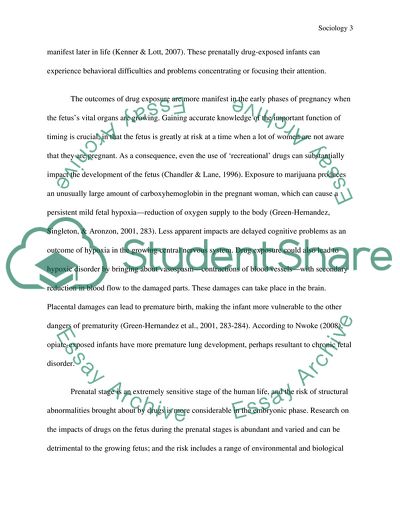Cite this document
(Drug-Exposed Infants Essay Example | Topics and Well Written Essays - 1250 words, n.d.)
Drug-Exposed Infants Essay Example | Topics and Well Written Essays - 1250 words. https://studentshare.org/sociology/1780209-drug-exposed-infants
Drug-Exposed Infants Essay Example | Topics and Well Written Essays - 1250 words. https://studentshare.org/sociology/1780209-drug-exposed-infants
(Drug-Exposed Infants Essay Example | Topics and Well Written Essays - 1250 Words)
Drug-Exposed Infants Essay Example | Topics and Well Written Essays - 1250 Words. https://studentshare.org/sociology/1780209-drug-exposed-infants.
Drug-Exposed Infants Essay Example | Topics and Well Written Essays - 1250 Words. https://studentshare.org/sociology/1780209-drug-exposed-infants.
“Drug-Exposed Infants Essay Example | Topics and Well Written Essays - 1250 Words”. https://studentshare.org/sociology/1780209-drug-exposed-infants.


